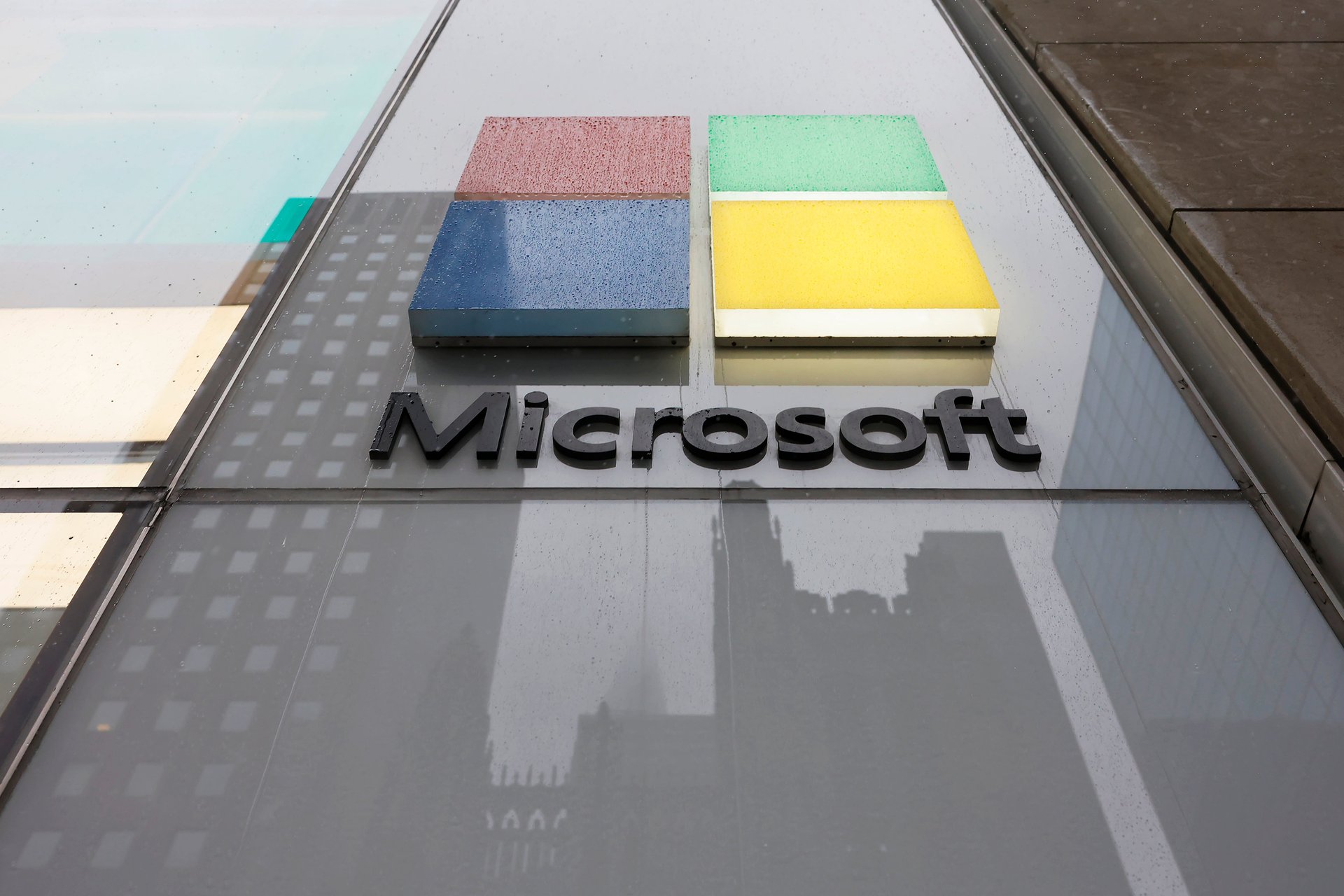Microsoft is stealing Amazon's thunder in the cloud — and AI
Amazon's AWS is still the biggest cloud. But with enterprise tech as this decade's gold rush, Microsoft's Azure is shining bright

With almost $10 trillion in combined market cap across Microsoft (MSFT), Amazon (AMZN), Apple (AAPL), and Meta (META), last week’s Big Tech earnings weren’t just dry corporate updates. They were market-moving events.
And despite a few wobbles, the takeaway is clear: AI momentum and operational efficiency are driving a new wave of tech profitability, even as tariffs loom and economic uncertainty lingers. Perhaps unsurprisingly, given the widening gap between Wall Street and Main Street, the shift to AI-powered enterprise is shaping up as the gold rush of this decade.
Microsoft led the charge, with the stock jumping more than 11% for the week, fueled by surging cloud and AI demand — and management’s clear, detailed take on both in the earnings call. Amazon, for its part, whipsawed before and after its earnings report, but closed the week up about 1%, buoyed by strong margin growth. Only Apple stock slipped, falling 2% as investors weighed a cautious June quarter outlook and a potential $900 million tariff hit.
Together, the releases and earnings calls painted a nuanced but largely bullish picture of where Big Tech is headed — and how it’s already reshaping both the market and the macro narrative.
Microsoft: Emerging as the enterprise AI kingmaker?
If there was one company that seized the AI narrative last week, it was Microsoft. The company delivered a blowout quarter — and an even more confident call — that made clear it’s not just riding the AI boom, but helping define it.
Azure cloud revenue grew 33% year-over-year, reaccelerating from the previous quarter and beating both internal targets and Wall Street estimates. Almost half of that growth came from AI workloads — a level of transparency that reinforced Microsoft’s clout in the enterprise AI stack. CEO Satya Nadella and CFO Amy Hood leaned into the idea that AI and non-AI workloads are increasingly indistinguishable, especially among digital-native customers building everything on unified infrastructure.
Microsoft’s $80 billion forecast for fiscal 2025 capital expenditures remains intact, with plans to expand further in 2026 — quieting any talk of a slowdown in data center investment. Wedbush called it an “Aaron Judge-like quarter” and raised its price target 8.4% to $515.
Crucially, Microsoft didn’t just post strong results — it articulated a confident, forward-looking vision of how AI is already translating into revenue. In a week where every tech CEO had to tell an AI story, Microsoft made its pitch look not just polished, but inevitable.
Amazon: The juggernaut searching for a story?
Amazon’s first-quarter results were strong by the numbers: Revenue rose 9% to $155.7 billion, net income rose to $1.59 per share, and operating margins hit a record 11.8%, largely on the back of AWS, Amazon’s profit engine. But with initiatives spanning AI chips, Alexa upgrades, Project Kuiper satellites, Prime Day savings on snail-mucin moisturizers, and even a new James Bond film, Amazon remains a catch-all for tech’s most ambitious threads — which may make its story harder to parse for investors.
CEO Andy Jassy emphasized Amazon’s ability to thrive even in a softening economy, pointing to consumer demand strength, faster Prime delivery, and $500 million in customer savings during global sales events. He struck a confident tone on AWS as well, convincinly describing it as a “multi-hundred-billion-dollar” opportunity over time. Still, the cloud business grew just 17% year-over-year — solid, especially off a large base, but slower than Azure’s 33%, and short of the expectations that Microsoft’s blowout quarter had quietly raised.
Analysts flagged uncertainty around near-term earnings power, as well as questions about potential tariff impacts and the timeline for Kuiper’s returns. As Deutsche Bank (DB) put it, Amazon’s sheer scale helps it weather global disruption — but that same sprawl can make it tough to gauge momentum or profitability with precision.
AWS remains the largest cloud provider — a position it’s held for over a decade, a default authority — and management cited capacity constraints as a limiting factor, though relief may come in the second half of the year.
Certainly, the stakes couldn’t be higher. As Jassy noted, we’re still in the early innings of enterprise’s move to the cloud — and that migration is accelerating, powered by AI. Enterprise tech may be the biggest market opportunity of this era, and in that context, “lumpy revenue” is both expected and fair. But with Microsoft setting the pace and reframing what success looks like, Amazon’s longtime dominance feels just a bit less assured.
In the meantime, Amazon is betting that its everything-now strategy will pay off later.
Of course, this isn’t a zero-sum game: The enterprise AI market is big enough to crown multiple winners, and both Microsoft and Amazon will undoubtedly be among the biggest.
But in a moment where narrative clarity matters, Microsoft pulled ahead.
